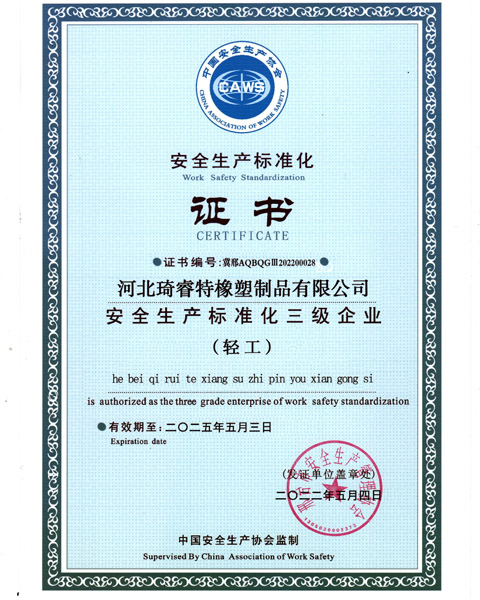Selecting the Right Pressure Washer Sewer Hose for Efficient Drain Cleaning and Maintenance
The Essential Guide to Pressure Washer Sewer Hoses
When it comes to maintaining the cleanliness and functionality of your plumbing system, using a pressure washer with a sewer hose can be a game-changer. A pressure washer sewer hose combines the power of high-pressure water streams with specialized hoses designed to tackle tough clogs and blockages in sewer lines and drains. This article will explore the benefits, features, and best practices for using pressure washer sewer hoses effectively.
What is a Pressure Washer Sewer Hose?
A pressure washer sewer hose is a specific type of hose that connects to your pressure washer and allows for effective cleaning of sewer lines and drain pipes. Unlike standard hoses, sewer hoses are typically constructed from heavy-duty materials, making them more resistant to abrasions and chemical damage. They often feature a nozzle designed to shoot water in multiple directions, helping to break up and wash away stubborn build-up, tree roots, grease, and other debris that can clog your plumbing system.
Benefits of Using a Pressure Washer Sewer Hose
1. Efficient Clog Removal The high-pressure water jets can break down tough blockages that traditional methods may struggle to clear. This offers a quicker alternative to chemical cleaners or manual snaking.
2. Versatility Pressure washer sewer hoses come in various lengths and diameters, allowing them to fit different drains and sewer systems. Whether for residential or commercial use, there’s likely a suitable hose available.
3. Cost-Effective Regular maintenance using a sewer hose can prevent future plumbing issues. By removing clogs before they worsen, you can avoid expensive emergency plumbing bills.
4. Eco-Friendly Pressure washing is a chemical-free method of cleaning. Using high-pressure water can eliminate the need for harsh chemicals, making it a greener option for sewer cleaning.
Key Features to Look For
When selecting a pressure washer sewer hose, consider the following features
pressure washer sewer hose

- Material Look for hoses made from durable materials, such as polyurethane or heavy-duty PVC, that can withstand high pressure and resist punctures.
- Compatibility Ensure that the sewer hose is compatible with your pressure washer's model to ensure efficiency and prevent damage.
- Nozzle Design Choose a hose with a nozzle that allows for multi-directional water flow. This design improves its effectiveness in clearing multiple types of clogs.
- Length and Diameter Select a length that suits your needs, but keep in mind that longer hoses may require more pressure to maintain performance. The diameter should accommodate the size of your drains.
Best Practices for Use
1. Safety First Always wear protective gear when using a pressure washer. High-pressure water can cause serious injuries if it comes into contact with skin.
2. Clear Surface Debris Before inserting the sewer hose, make sure to clear any surface debris around the drain. This increases efficiency and reduces the chance of surface blockages.
3. Test Water Pressure Before fully using the pressure washer with the sewer hose, check the water pressure to ensure it is appropriate for addressing sewer blockages without causing damage.
4. Regular Maintenance Made a routine of using your pressure washer sewer hose to proactively maintain clean drains and minimal blockages.
Conclusion
A pressure washer sewer hose is a powerful tool for anyone looking to keep their plumbing systems clean and functional. With the right equipment and proper safety practices, users can effectively manage and prevent sewer clogs while saving time and resources. Whether you're a homeowner or a professional plumber, investing in a quality sewer hose can transform your approach to drain maintenance and plumbing care.
-
Ultimate Spiral Protection for Hoses & CablesNewsJun.26,2025
-
The Ultimate Quick-Connect Solutions for Every NeedNewsJun.26,2025
-
SAE J1401 Brake Hose: Reliable Choice for Safe BrakingNewsJun.26,2025
-
Reliable J2064 A/C Hoses for Real-World Cooling NeedsNewsJun.26,2025
-
Heavy-Duty Sewer Jetting Hoses Built to LastNewsJun.26,2025
-
Fix Power Steering Tube Leaks Fast – Durable & Affordable SolutionNewsJun.26,2025

